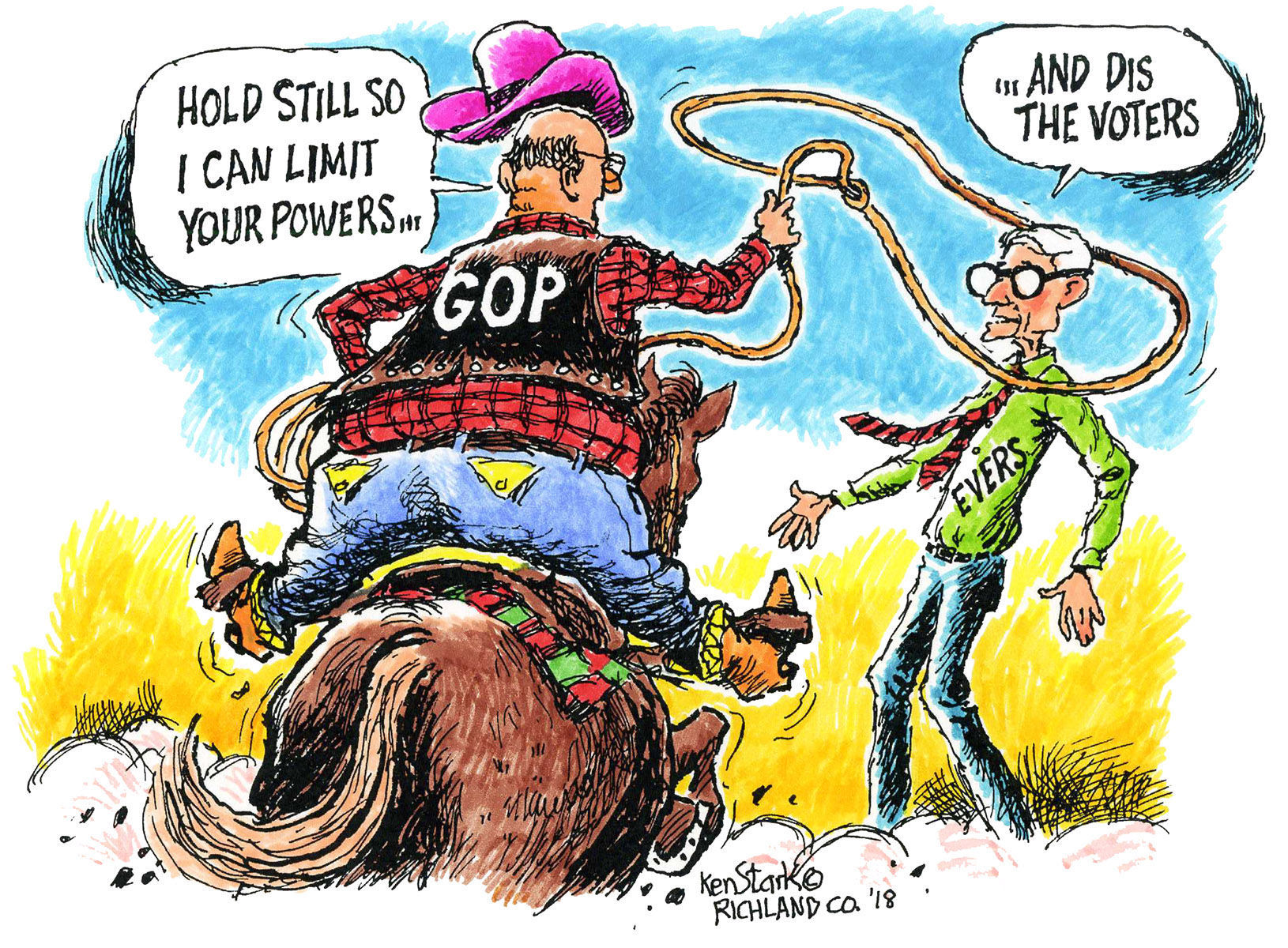

Wolf and Pierson believe that this trickery will prove dangerous for Republicans. We just need a president to sign this stuff.” Is it that the Republican Party is cleverly and successfully hoodwinking its supporters, promising them populism and enacting plutocratic capitalism instead? This view has been a staple of liberal analysis for years, most prominently in Thomas Frank’s book “What’s the Matter with Kansas?” Frank argued that Republicans have been able to work this magic trick by dangling social issues in front of working-class voters, who fall for the bait and lose sight of the fact that they are voting against their own interests. We don’t need a president to tell us in what direction to go. “We are not auditioning for fearless leader. Pierson quotes Grover Norquist, the fiercely anti-statist GOP operative, explaining in 2012 his views on the selection of a Republican presidential nominee. Nurtured and built up over the years, this group of conservatives decided to ally with the Trump administration to enact its long-standing agenda. Thus, his administration was ripe for takeover by the most ardent, organized and well-funded elements of the Republican Party - its libertarian wing.

His budgetary policies (and those pursued by his Republican allies in Congress) will, if enacted, be devastating to the same rural and moderate-income communities that helped him win office.” Pierson argues that Trump entered the White House with a set of inchoate ideas and no real organization. But, he points out, “On the big economic issues of taxes, spending and regulation - ones that have animated conservative elites for a generation - he has pursued, or supported, an agenda that is extremely friendly to large corporations, wealthy families, and well-positioned rent-seekers. Writing in The British Journal of Sociology, Pierson notes that Trump’s program does have strong populist aspects, especially on trade and immigration. This is the issue that University of California, Berkeley political scientist Paul Pierson discusses in a recently published essay. The Republican Party is pursuing an economic agenda for the 0.1 percent but it needs to win the votes of the majority. income distribution toward the very top, combined with big increases in economic insecurity for the great majority.” The puzzle, Wolf says, is why this is a politically successful strategy. Martin Wolf, the sober and fact-based chief economics commentator for the Financial Times, concludes, “This is a determined effort to shift resources from the bottom, middle and even upper middle of the U.S. And that doesn’t take into account the massive cuts in services, health care and other benefits that would likely result. Congress’ own think tanks - the Joint Committee on Taxation and the Congressional Budget Office - calculate that in 10 years, people making between $50,000 and $75,000 (around the median income in America) would effectively pay a whopping $4 billion more in taxes, while people making $1 million or more would pay $5.8 billion less under the Senate bill. In America, Trump is leading something that is best described as plutocratic populism, a mixture of traditional populist causes with extreme libertarian ones. NEW YORK - Watching the Republican tax plan race through Congress, one is reminded of a big apparent difference between Donald Trump’s program and other populist movements in the Western world.


 0 kommentar(er)
0 kommentar(er)
